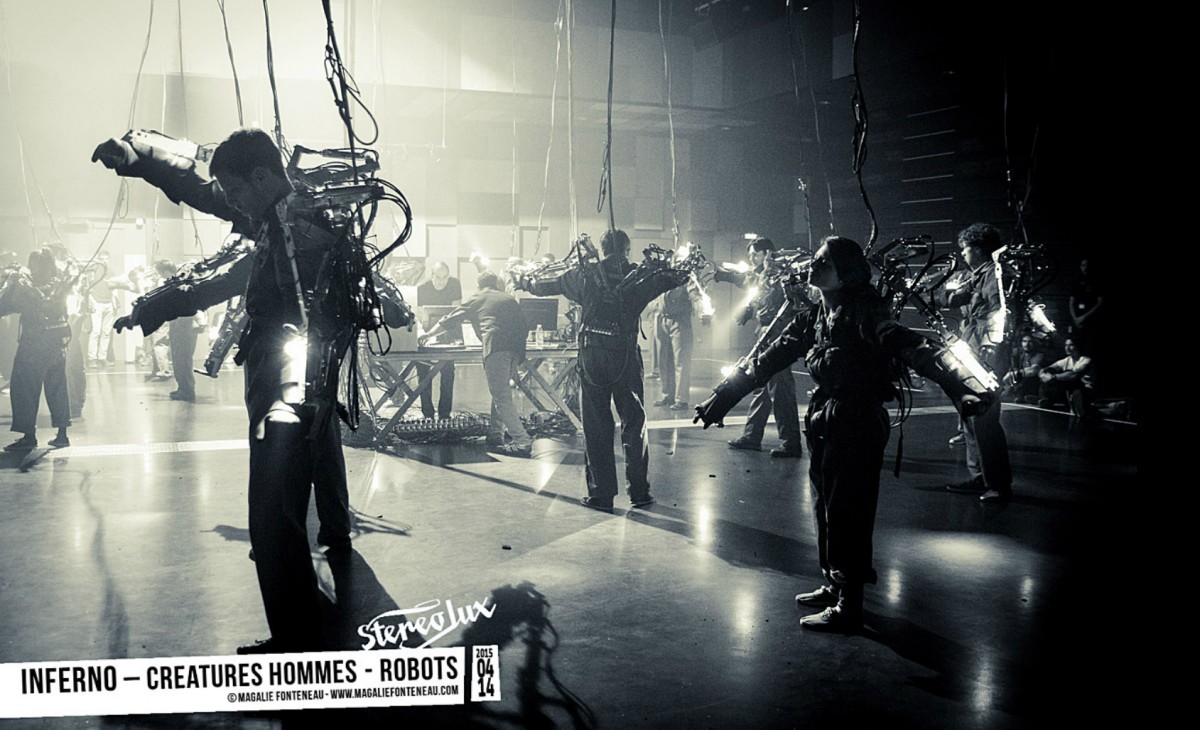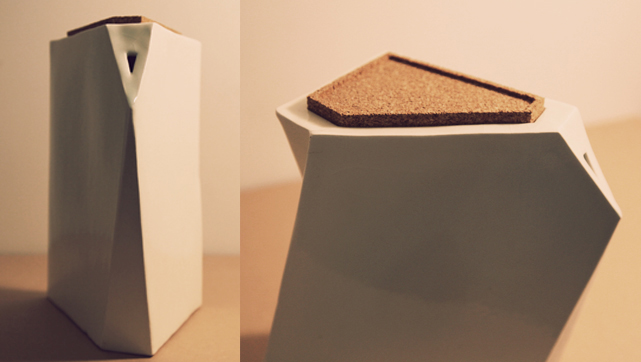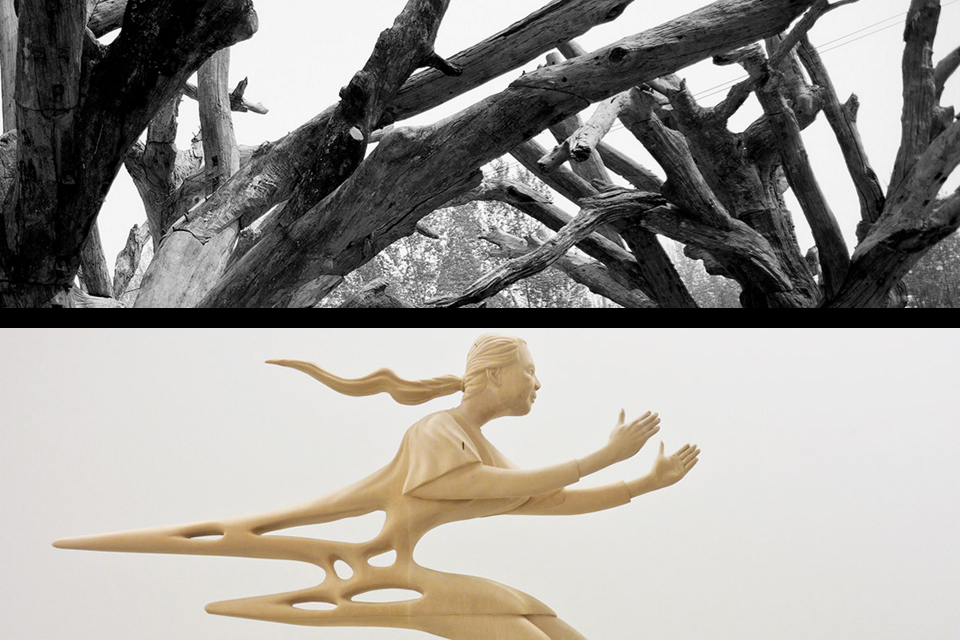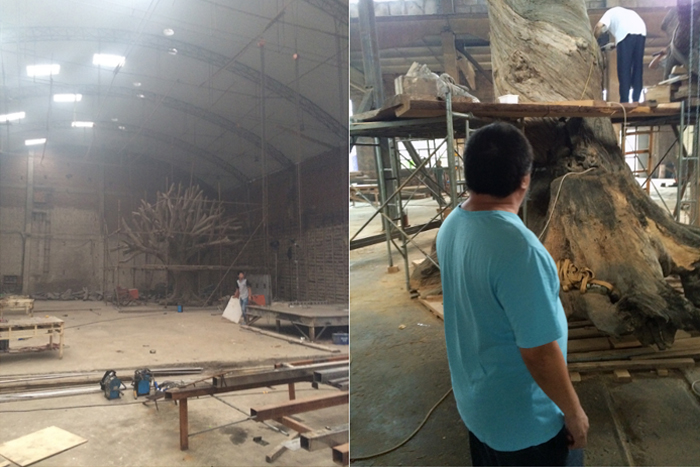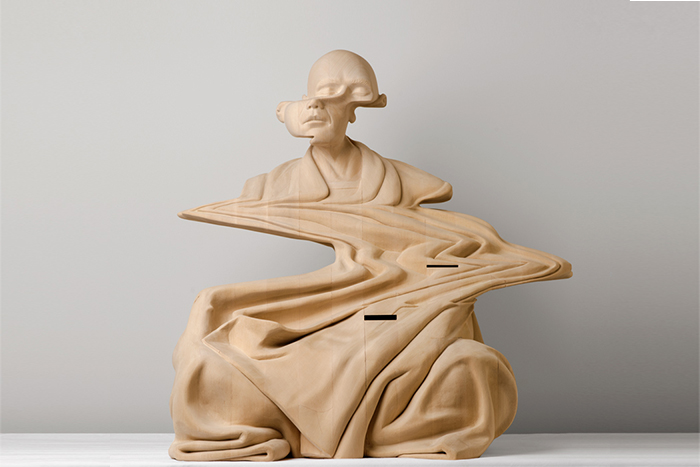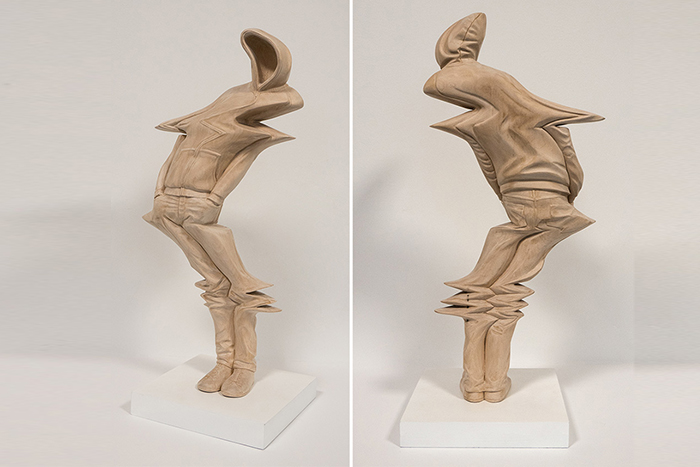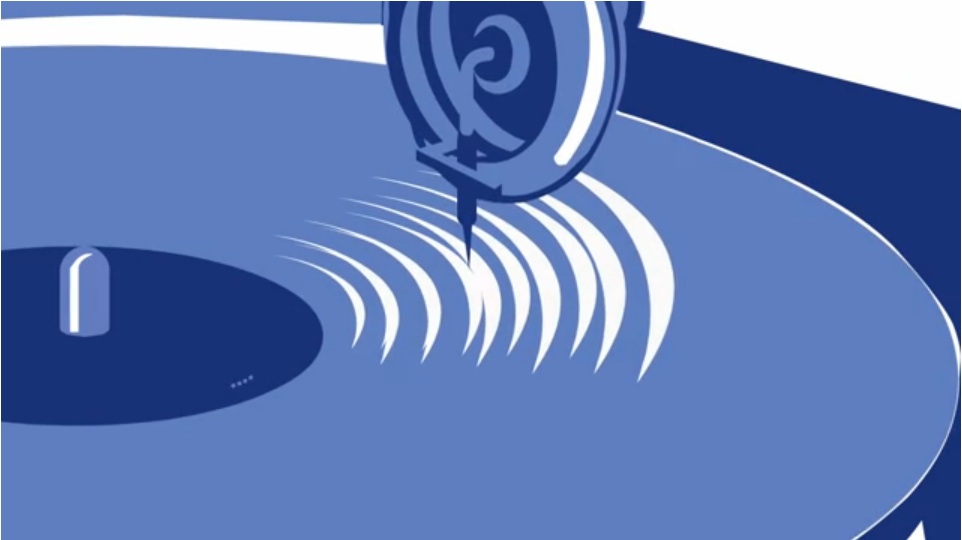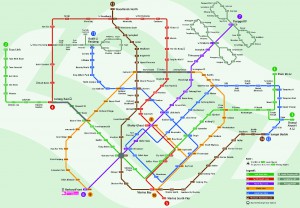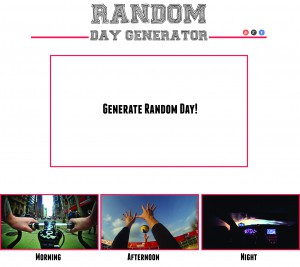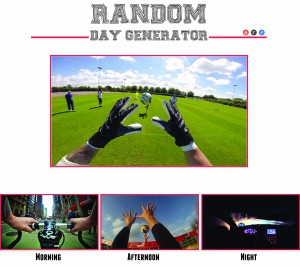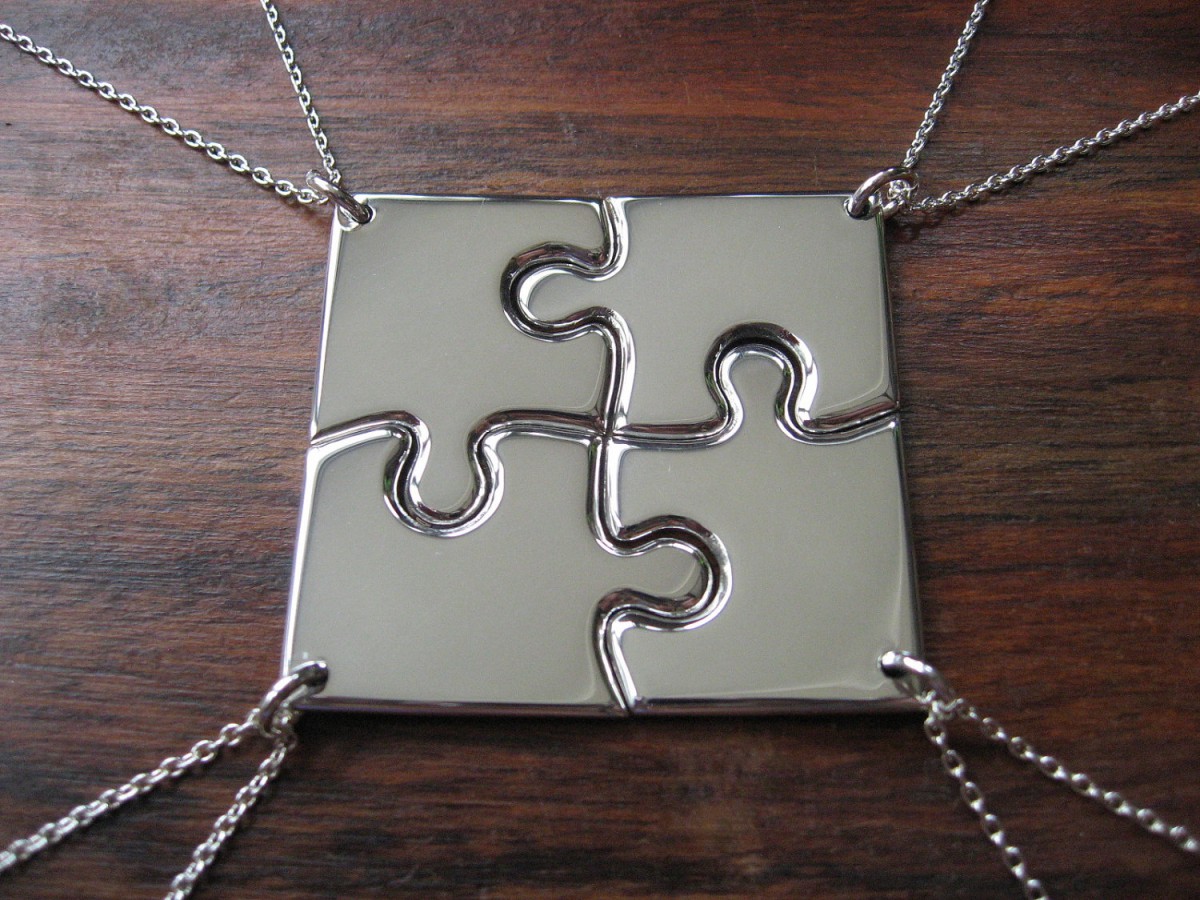Introduction

Kingdom (2015) is a retro pixel art game where you play as a King riding a horse around a side-scroller world. The objective of the game is to build a Kingdom and fend of the shadows of the night.
All the player can do is move left and right and drop money to pay for buildings or hire peasants. This unique minimalist gameplay mechanic is what makes the game interesting. The game also provides very little instructions and requires the player to make discoveries of his/her own.
The Monomyth
The Ordinary World

The player first appears as a king on a horse in a seemingly peaceful world with lush pixel forests and woodland creatures.
A solitary King carries the crown to a new land…
-Kingdom 2015
Call to Adventure
The as the player explores a little further he sees the title of the game Kingdom which presents itself as a stone sculpture. It crumbles. As the player walks further on he sees coins prompting you to move forward.
Refusal of the Call
After the first night players will soon realize the vulnerability of their position and may be scared of wandering from their camp. But soon they will realize that in order to defend against the enemy and progress through the game he will have to take the risk.
Meeting with the Mentor

Eventually the player will approach a campfire and is given the instructions:
Hold down X to light a fire
-Kingdom 2015

After the player lights the campfire structures begin to form around the area wandering NPCs start to appear and another prompt appears
Throw coins with X to recruit
-Kingdom 2015
As you throw down coins to recruit NPCs prompts appear upon the other structure to prompt you to throw coins in order to get tools or weapons.

Finally it teaches you how to build walls and gallop. and with the parting words of
Build, Expand, Defend
-Kingdom 2015
That is the end to all instructions given in the game and players are left to their own devices.
Crossing the Threshold

As players explore and begin to expand their settlement, this signifies the crossing of the threshold. The player accepts the ambiguous mission and sets out doing it with what little knowledge he/she knows.
Tests, Allies & Enemies

As the first night approaches, the game seems to take on a eerie mood. Monsters start to appear from mysterious locations outside the walls. They begin to attack. But most likely the player manages to fend them off and hold out for the night.
This process repeats as the days plod on in the game and every night the monsters test the strength of the player’s defenses.
Approach
As the player builds his settlement into a kingdom cutting down trees to expand his territory, he/she will chance upon a stone archway, the first of many. As the player clears the forest to get to the archway it will reveal itself to be a portal. Suddenly monsters spew forth and the player is thrown into combat.

After coming out victorious, it is clear that the portals are the source of the monsters and it has now become the players mission to destroy all the portals to ensure the safety of his/her kingdom
The Ordeal
With the discovery of the portals the monsters redouble their effort to destroy the player every 5 days or so in the game there would be an event called the “Blood Moon” where the moon turns red and a host of monsters much larger than normal come forth to attack the player.
The Reward

After each night a chest of gold will appear in the player’s camp rewarding the player with money to expand his kingdom. This gold is also what the monsters are after and they will stop at nothing to get it. The player loses the game when his crown is stolen. This happens after the monsters have stolen all his gold.
The Road Back
As the player progresses in then game, he will have to leave the safety of his settlement in order to discover new recruits, buff giving statues and monster portals. This will cause the player to be outside of the Kingdom when it gets dark and the player will have to make a dash for the walls of his settlement. The player might even have to sacrifice some gold in order to do so.
The Resurrection
During your time in Kingdom you will face failure and die. Your settlement might get heavily damaged leaving you with very little resources to mount your next defense. The resurrection in this case is where the player replays the game and rebuilds his kingdom. This resilience is part of the core of what “Kingdom”(2015) is about.
Return with the Elixir
Towards the end of the game as players get stronger and portals get destroyed. The player will face his ultimate challenge facing the last portal the frequency of “Blood Moon” raids will increase and as the player activates the final portal monsters in larger amounts than ever before will emerge through the portal.
Upon destroying the final portal text will appearing saying:
The crown is safe.
-Kingdom 2015
And with that the credits will start to roll and you have completed the game.
Conclusion
“Kingdom” (2015) is an example of the Monomyth. Just that the events within it does not occur in sequence. This provides new insights on the Monomyth. For instance a fragmented narrative may also be classified within the Monomyth. It is all a matter of perspective.


